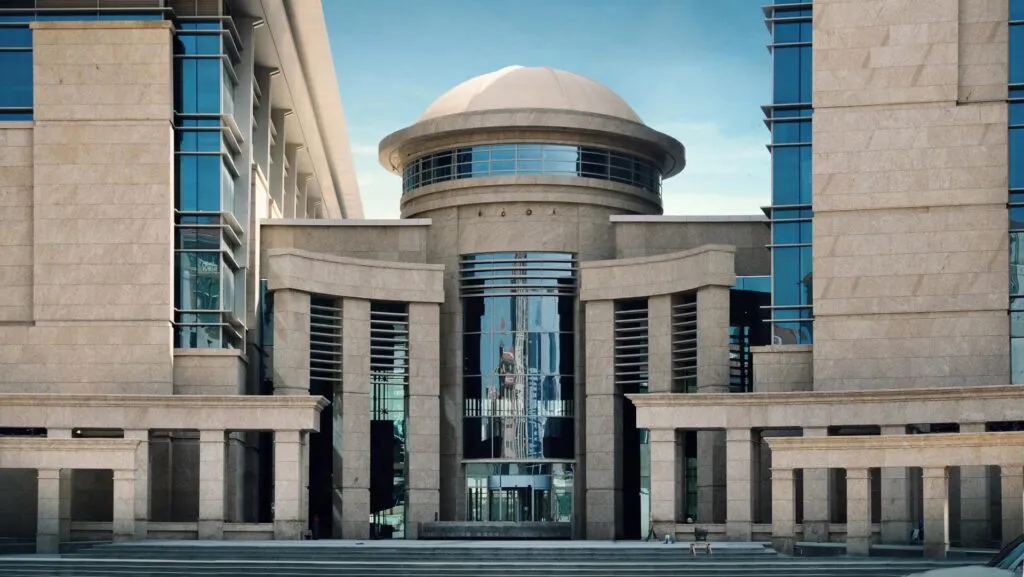
Plan ahead: using master planning for financial success
At the end of 2015, Pittsburgh made headlines in the national and international press when the Danish architecture studio, Bjarke Ingels Group, unveiled its master plan for the Lower Hill. BIG was hired by McCormack Baron Salazar and Pittsburgh Arena Real Estate Redevelopment to reimagine a long-overlooked site that has untapped potential. The master plan has drawn considerable public input and interest. But it’s not only former stadium sites that need new master plans. Beyond the Hill, Pittsburgh today has various pockets of land that are ripe for development, and while many developers are quick to build in order to maximize their returns, a little planning can go a long way for large and small site developments.
It is easy to forget that master planning is an essential step in designing an effective and profitable real estate development strategy. The master plan helps strike the balance between investment objectives and programmatic requirements, taking the nature of site and control parameters of zoning, building, and environmental ordinances into account. Therefore, it is a key tool for both economically and environmentally sound decision-making.
The investment of time, money, and energy in master planning has paid off in a number of well-known cases beyond Pittsburgh. Seaside, Florida, a beachfront community by Andrés Duany, FAIA, and Elizabeth Plater-Zyberk, FAIA, proved that the process of master planning and designing of our communities can be innovative, environmentally sensitive, and still profitable. In India, Auroville has become a symbol of spiritual and sustainable living, based on an “integrated” masterplan that holistically integrates the city and its hinterland. Foster and Partners’ masterplan for Masdar, in Abu Dhabi, has evolved to be high-tech and yet a sustainable city in the middle of a desert that accommodates growth “while avoiding the sprawl that besets so many cities.” Architects and planners are adept at such envisioning. Real estate investors, developers, and corporations can use this tool in a plethora of ways to maximize the success of a project, before and even after breaking ground.



























